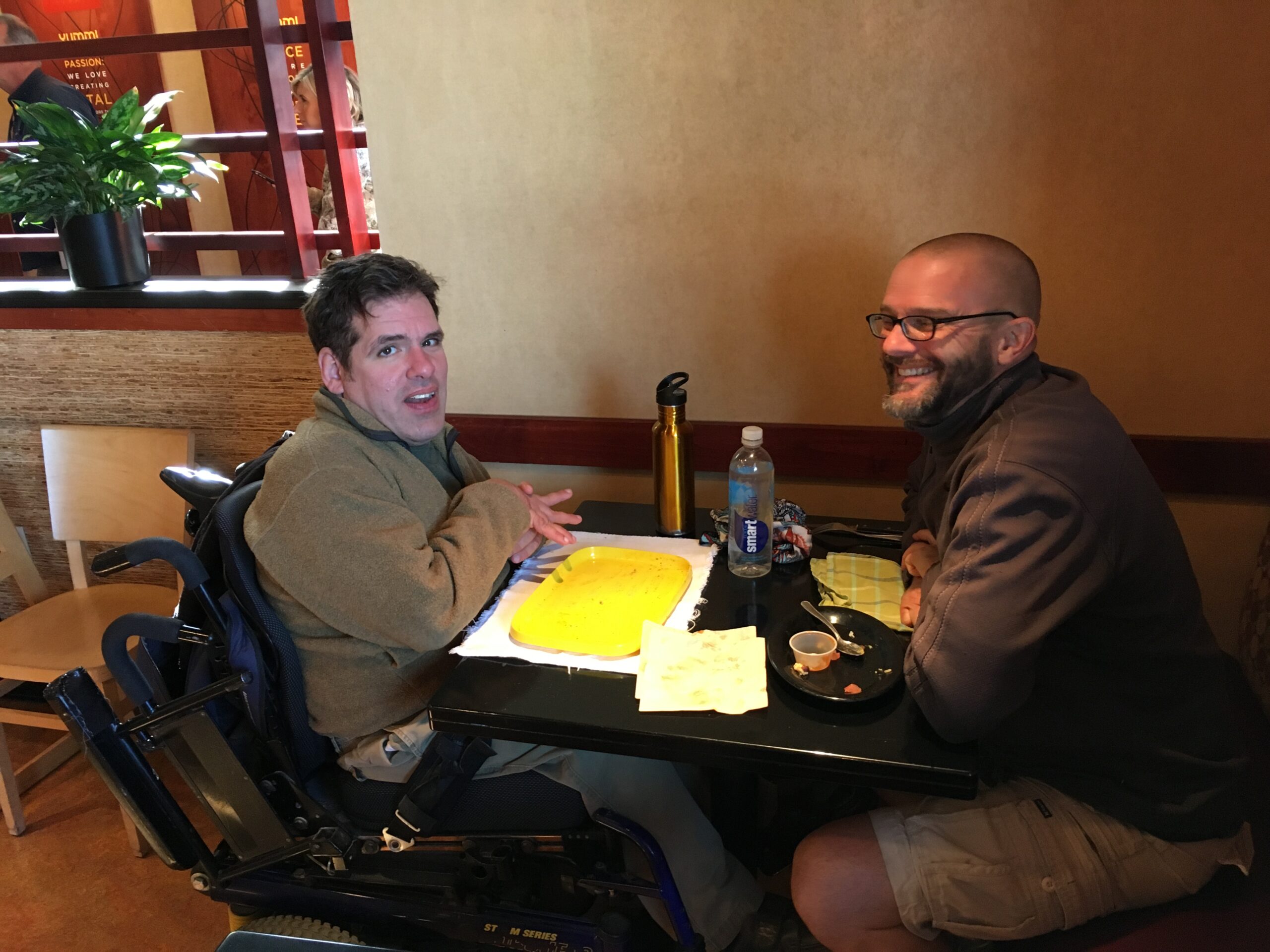-
The Accomplishment
-
What Worked
-
About the Author
Soon after Ian Ferguson was born, complications from a surgical procedure led to him having multiple disabilities, including cerebral palsy and intellectual disability. Once the severity of his disabilities became apparent, several doctors and social workers recommended to Ian’s parents that their son be institutionalized. However, one social worker strongly encouraged Ian’s parents to resist the advice of the others and consider keeping their son at home with them, using community-based services to provide the educational and other supports needed for him to thrive. It was often a struggle and the community did not always provide the services needed or in the amount that was required.
After what is now called the Individuals with Disabilities Education Act (IDEA) was first signed into law in 1975, Ian and millions of other disabled children were guaranteed a “free, appropriate, public education.” However, that did not guarantee adequate family support in the form of respite care or medical coverage. As an adult, Ian lost the legal protection of the IDEA, and joined a world of wait lists and segregated programs. Residential and vocational supports were either delayed or sometimes available only for those living in large group homes. It was often the shared support, both emotional and material, of other families in similar situations that made the difference. Knowing that others were out there fighting the same battles made the individual struggles more endurable.
As more and more disabled individuals stayed in the community rather than being institutionalized, support services grew and the quality improved. Rather than growing up in an institution with the hope of moving back to the community, Ian and many others with similar disabilities were raised in the community, where services could be embedded from the start to match their needs. Funding strategies for flexible residential supports replaced a one-size-fits-all approach. Programs such as supported employment allowed individuals to move from sheltered workshops to more integrated situations, working side by side with individuals without disabilities. Individuals and families were allowed more of a voice in choosing the types of support they preferred. Person-centered planning replaced automatic placement in programs because of this or that label being applied to a person. Inclusion in the community became the goal for everyone rather than the exception for a few.
Eventually, through the efforts of disability advocacy organizations (The Arc, TASH, PeopleFirst), court cases (Willowbrook, Pennhurst, Olmstead, and others), and legislation at the state and federal level, there are now 14 states in the USA that have closed all of their large, public institutions for persons with developmental disabilities–though some private ones remain open in several states. Today, the population of people in the institutions continues to decline in almost every state.


